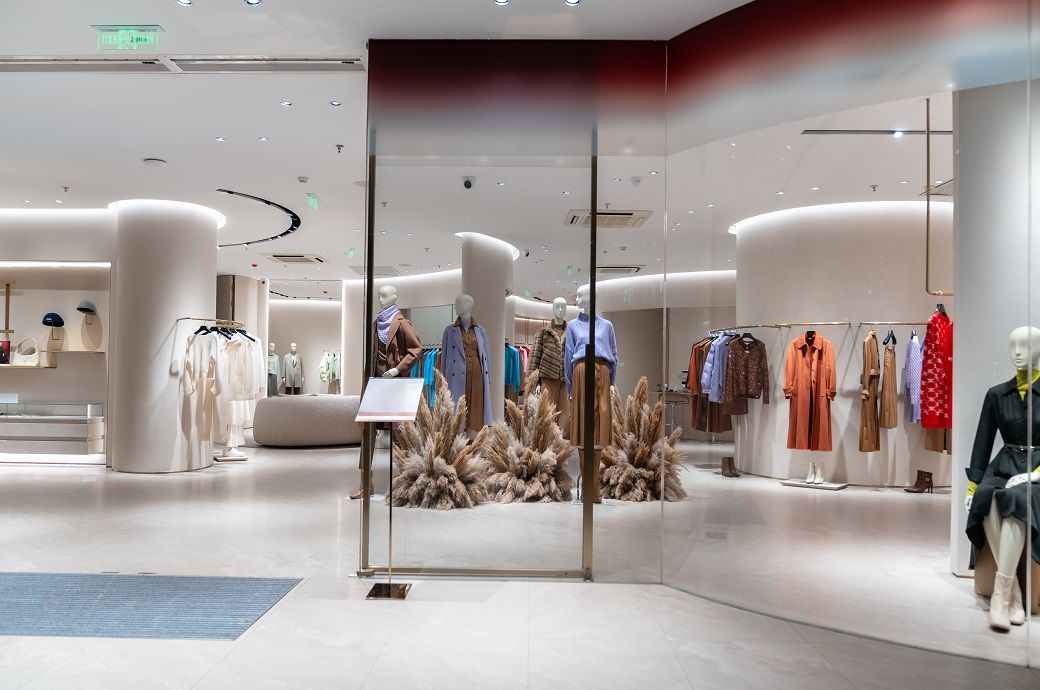

Following a record year, the stalled luxury goods market faces a dilemma between catering to top clientele and reaching new audiences amid ongoing complexities, according to the latest Bain & Company Luxury Goods Worldwide Market Study released today in collaboration with Altagamma, the Italian luxury goods manufacturers’ industry association.
The personal luxury goods market saw a slight decline in the first quarter (Q1) of 2024. Key to maintaining stable growth across subsectors will be luxury brands’ ability to address rising prices while maintaining a robust price-value equation in the eyes of consumers, as per the study.
The global luxury market showcased remarkable stability in the face of geopolitical and economic turbulence in 2023, exceeding a record €1.5 trillion. This growth was driven by a resurgence in luxury travel and a robust US holiday season in the fourth quarter. However, the first quarter of 2024 saw a slowdown across a majority of regions amid macroeconomic pressures, with Japan continuing to flourish.
The study highlights a continuing trend favouring experiential offerings over tangible goods. This shift is particularly evident in China, where the market is under pressure from two main factors: the revival of outbound tourism and weakening local demand caused by rising economic uncertainties. This uncertainty is undermining middle-class consumer confidence, leading to ‘luxury shame’ behaviour similar to that seen in the Americas during the 2008-09 financial crisis. Similarly, the US is contending with macroeconomic pressures despite signs of gradual improvement in GDP and consumer confidence.
Generation Z faces rising pressures as luxury brands adopt a dichotomous customer strategy. With increasing unemployment levels and a weakening future outlook, younger generations are delaying spending on luxury goods. In contrast, Gen X and Baby Boomers, benefiting from accrued wealth, continue to grow their spend and capture the attention of luxury brands. This trend complements the ongoing growth of the top consumer tier.
Many luxury brands are employing a dichotomous approach, focusing on top clients with large-scale one-to-many events, while simultaneously expanding their reach by engaging in new territories, including sport. Traditionally seen as a branding opportunity for luxury goods, the focus on sport is widening to include newer sports such as padel, racing, and football. Additionally, luxury brands will feature prominently at the 2024 Olympics in Paris, offering a platform to reach new audiences and engage existing customers in innovative ways.
To navigate these uncertain times, brands must invest in growth enablers, defend core business elements, maintain agility in decision-making, and optimise stock management to ensure efficiency and responsiveness to market demand.
Fibre2Fashion News Desk (DP)